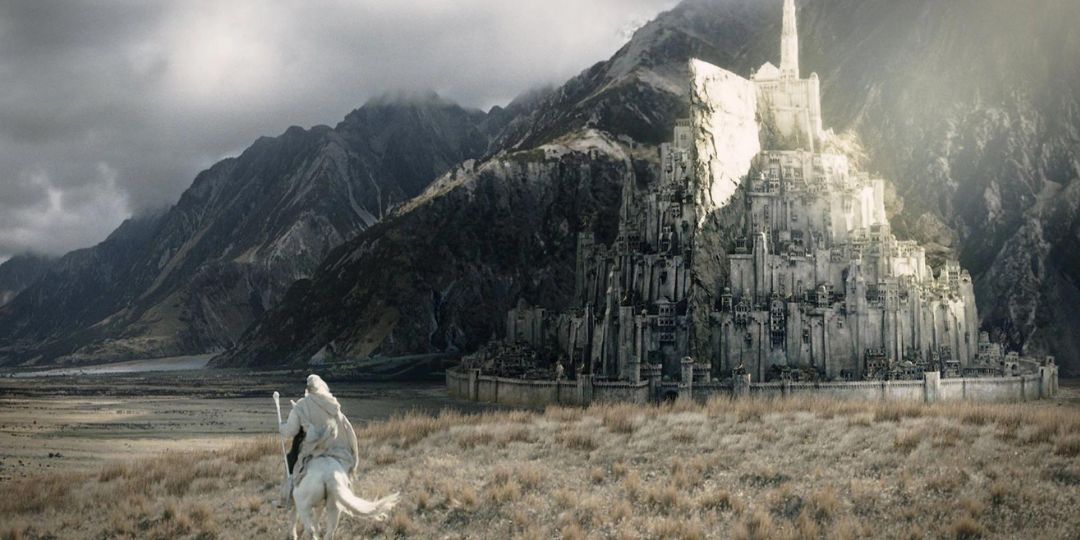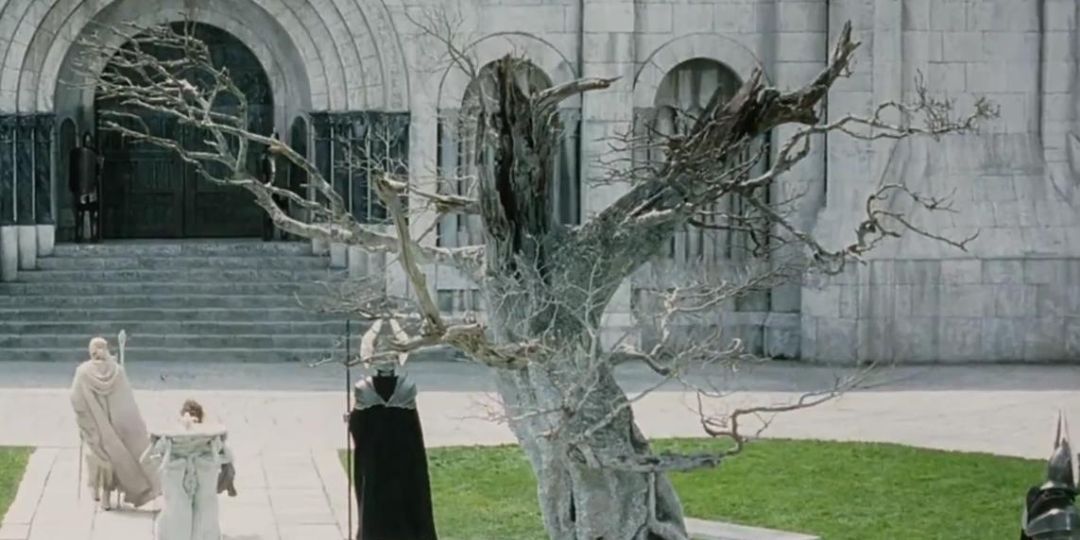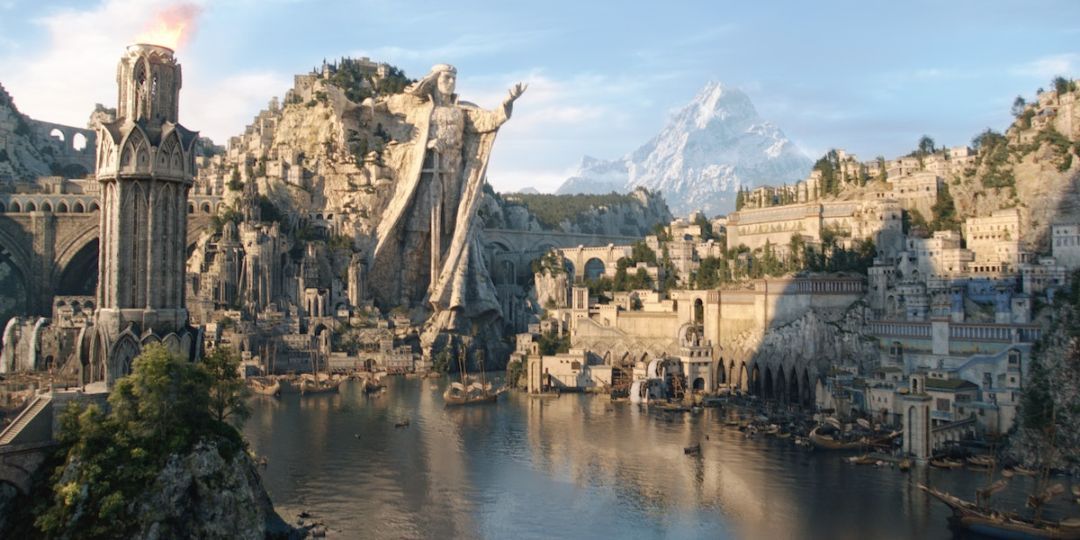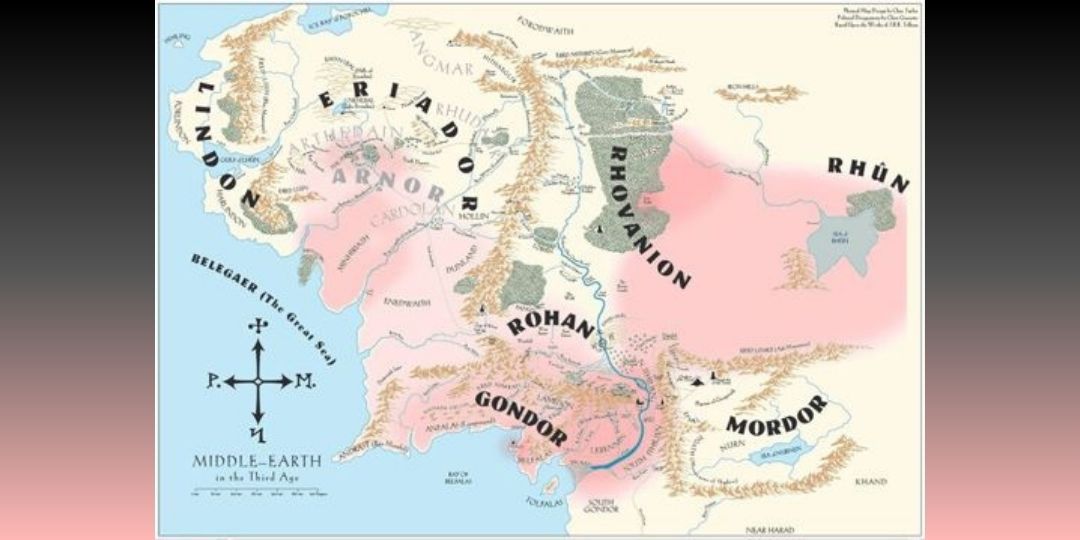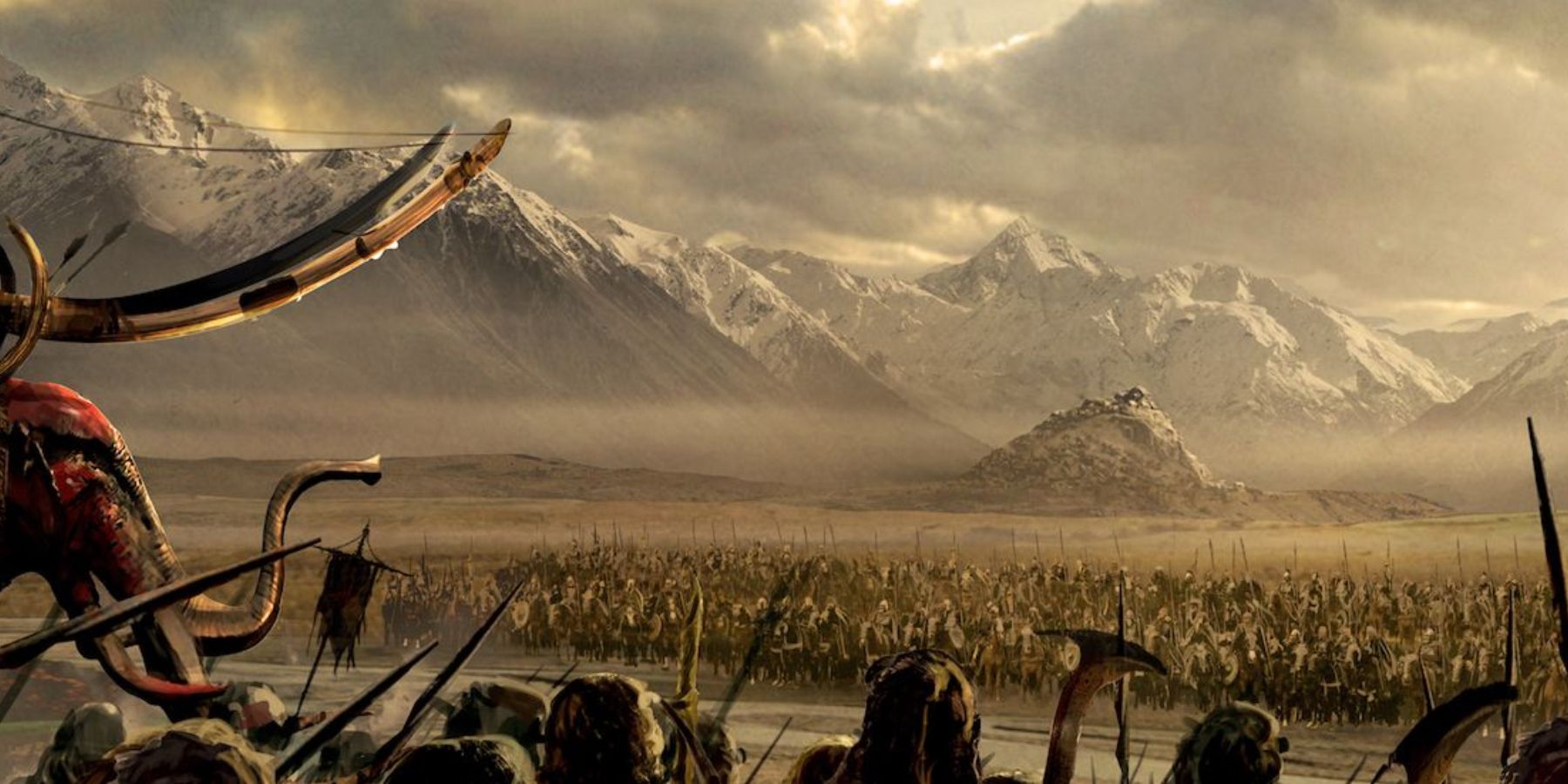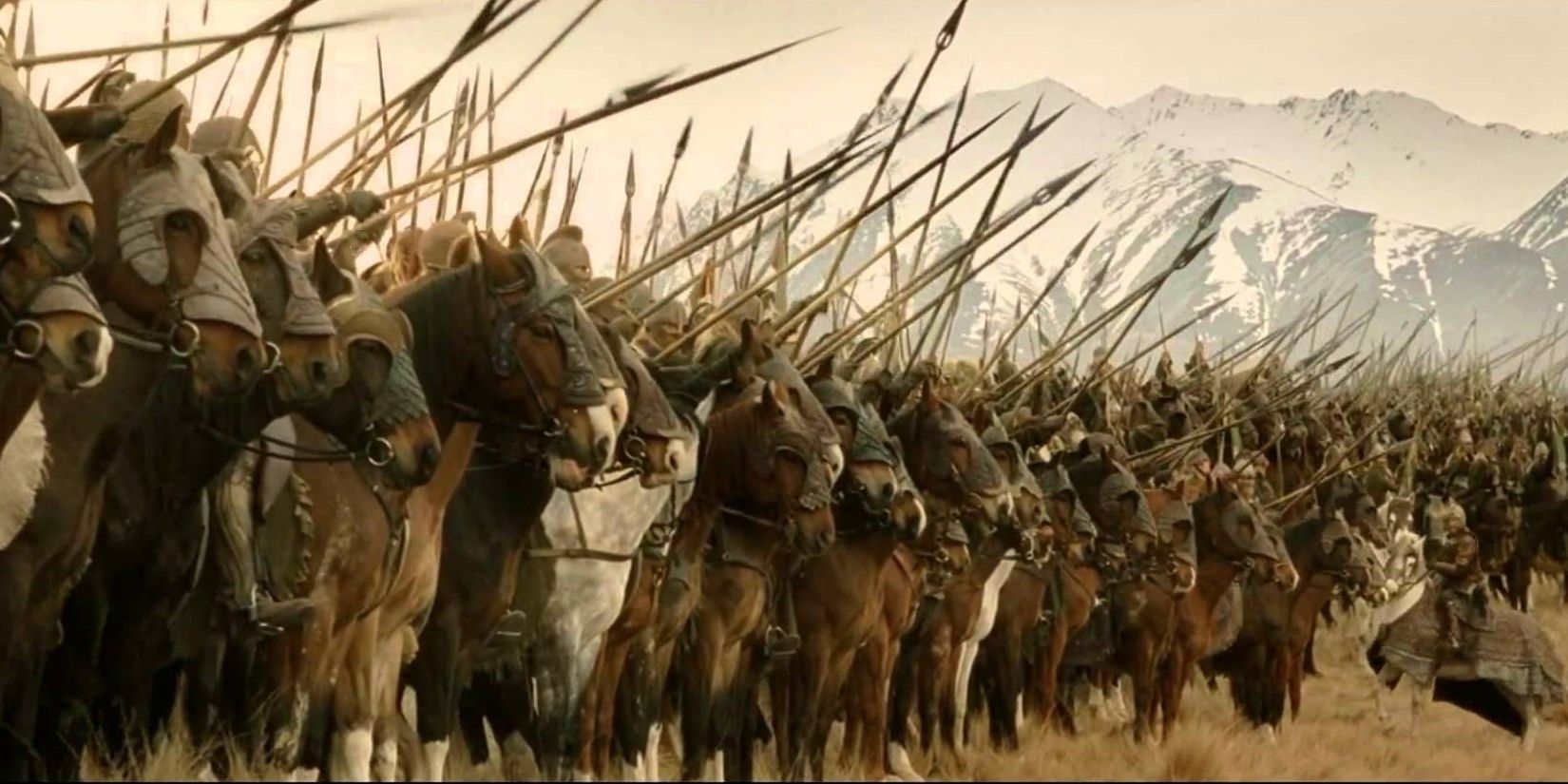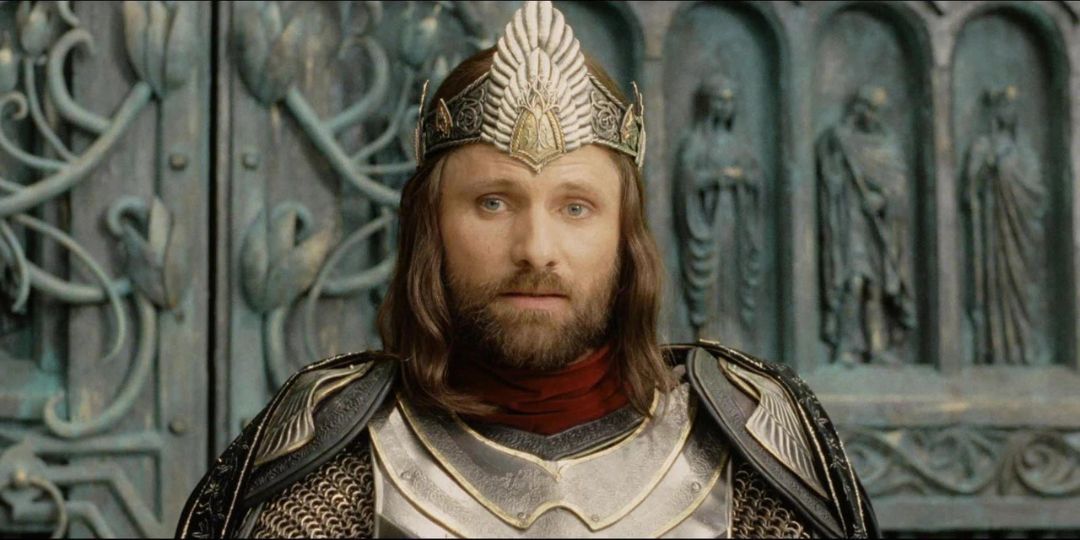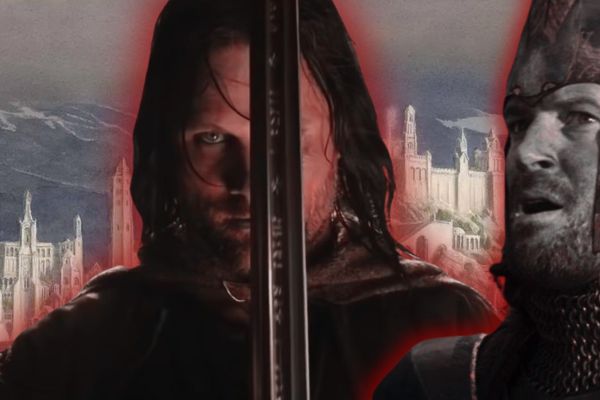
The Rise and Fall of Gondor: Exploring Its Turbulent History

Discover the turbulent history of Gondor before the events of The Lord of the Rings, including the devastating Great Plague, the invasion of the Wainriders, and the Kin-strife Learn why Gondor was left without a king and why this once-mighty kingdom fell from grace
Gondor, hailed as the greatest realm of Men in Middle-earth during the Third Age, has a rich and storied history. Although it is famously featured in J.R.R. Tolkien’s The Lord of the Rings trilogy, particularly in the final book, The Return of the King, Gondor’s significance extends far beyond its role in the war against the One Ring.
In fact, the kingdom’s past is just as fascinating as its accomplishments and grandeur. It all began with the fall of Númenor, the once-mighty civilization of Men that was destroyed, leading to the rise of Gondor.
Why Is Gondor So Important?
The Númenóreans faced the consequences of breaking the Valar's Ban, which prohibited them from sailing too far west from their island. As punishment, Eru Ilúvatar, the supreme deity of Arda, caused a massive wave that drowned the island and its inhabitants, and stripped Sauron of his ability to take on alluring forms. Despite the catastrophe, a handful of survivors, led by Elendil, made it to Middle-earth. Elendil established the Kingdom of Arnor after landing in Eriador and receiving a warm welcome from Elven king Gil-Galad. Anárion and Isildur, on the other hand, sailed further south in five other ships and founded Minas Anor in Anórien and Minas Ithil in Ithilien, respectively, while jointly ruling the new realm of Gondor as kings.
Elendil was the first High King of the Dúnedain, ruling over both Arnor and Gondor and uniting all exiled Númenóreans under his leadership. In the war against the Dark Lord Sauron at the end of the Second Age, Elendil and Gil-Galad formed the Last Alliance of Elves and Men, and together their armies laid a seven-year siege to Barad-dûr, Sauron’s central tower. Sadly, Anárion perished during the siege, leaving Isildur as Elendil’s sole heir.
Isildur's decision to keep the One Ring after severing it from Sauron's hand proved to have disastrous consequences for Middle-earth. Sauron's spirit persisted and continued to threaten the realm for centuries, causing strife and conflict within Gondor and with his remaining allies. By the time of the War of the Ring, Gondor's throne sat empty and the kingdom struggled to maintain its former glory. However, the people of Gondor remained loyal to their absent king and were eventually rewarded when Isildur's heir, Aragorn, took up the mantle and restored the kingdom to its former greatness in The Return of the King.
The Kin-strife In Lord Of The Rings, Explained
During the Third Age, Gondor was plagued by the Kin-strife, a long-lasting civil war centered around conflicting views of the royal bloodline. The marriage of Valacar, the twentieth king of Gondor, to a woman from the northern Wilderland, resulted in the birth of Eldacar, who was of both Númenórean and Middle Men descent. This angered many people in Gondor who descended solely from Númenórean ancestors. As Valacar aged, the unrest grew, and upon Eldacar's ascension to the throne, a rebellion ensued, with many Númenóreans disputing Eldacar's claim to the throne. Castamir the Usurper, one of Eldacar's relatives, seized the opportunity and forced Eldacar into exile, killed his son, and took the throne himself. However, Castamir's rule was marked by cruelty, and he eventually faced another rebellion. Eldacar took advantage of this and returned from Rhovanion with an army, successfully killing Castamir and reclaiming the throne, while the usurper's sons fled south.
The Kin-strife had a profound and long-lasting impact on Gondor. The kingdom not only lost control over the city of Umbar and the Haradrim, but also made enemies, particularly among the descendants of Castamir's sons. Although settlers from Rhovanion migrated to Gondor, the kingdom suffered significant losses, including the deaths of many Dúnedain nobles.
What Is The Great Plague In Gondor?
The downfall of Gondor was not solely caused by the Kin-strife. The Great Plague, which ravaged Middle-earth during the Third Age, also inflicted severe damage upon the kingdom. While the initial outbreak of the plague occurred to the east of Mordor, it eventually spread to Osgiliath, which was then the capital city of Gondor. Unfortunately, this occurred just two years after the assassination of Gondor's king, Minadril, by the Corsairs of Umbar. The Kin-strife had effectively shattered Umbar's loyalty to Gondor, leading to Minadril's death even two centuries later.
Needless to say, the losses incurred during the Great Plague in Gondor were devastating. The pestilence not only wiped out a significant number of the remaining Dúnedain, but also claimed the lives of King Telemnar (Minadril’s successor) and his heirs. The populations of Osgiliath and Minas Ithil were decimated, forcing the king's seat to be relocated to Minas Anor, and the fortresses guarding Mordor were left unguarded. Gondor faced immense challenges in rebuilding in the following centuries and just as the kingdom began to stabilize, it was plunged into the Wainrider War.
Who Are The Wainriders? The Wainrider Invasion, Explained
The Easterlings were a race of Men who resided in the unexplored territories east of Mordor. They formed an alliance with Morgoth, the first Dark Lord, during the First Age and later sided with Sauron in the Second and Third Ages. Among them, the Wainriders were a coalition of Easterling tribes who shared a common hatred towards the Dúnedain and the Men of Gondor. Sauron used this animosity to his advantage and encouraged the Wainriders to launch attacks against Gondor and its allies, leading to the Wainrider War.
After five years of brutal attacks by the Wainriders on Rhovanion, Gondor's King Narmacil II led his army into battle, but was ultimately defeated and killed. The Wainriders then overtook Rhovanion and enslaved its people for 45 years. However, a group of fugitives led by Marhwini fled to the Vales of Anduin and became known as the Éothéod. The Éothéod formed an alliance with Gondor and together, they orchestrated a rebellion against the Wainriders. Gondor's newest king, Calimehtar, sent a legion to draw the Wainriders' attention, allowing Gondor and the Éothéod to strike the enemy army from two sides. Although this battle weakened the Wainriders' power, they remained in Rhovanion and continued to cause havoc for another 45 years. Eventually, they teamed up with the Men of Harad and Khand to plan attacks on Gondor from the north and south.
Gondor and its allies were faced with a challenging battle on two fronts. The loss of King Ondoher in the north initially threatened to bring about the downfall of Gondor. However, the southern army, led by Eärnil who succeeded the fallen King Ondoher, successfully defeated the Wainriders' southern offensive. They then surprised the enemy by launching an attack on a Wainrider camp from the north, ultimately leading to the final defeat of the Wainriders and the end of the prolonged war.
Why Was Gondor Without a King In Lord Of The Rings?
After the Wainrider War and invasion, the Northmen people of Rhovanion regained their freedom, and some even migrated to Gondor. Eärnil's successful military campaigns led to his coronation as the King of Gondor, and the Éothéod, who remained allies with Gondor, evolved into the Rohirrim, a familiar group for fans of Lord of the Rings.
The devastating effects of the Wainrider War were felt long after it ended. Gondor suffered significant losses, including the deaths of two kings and the forfeiture of vast amounts of territory. Furthermore, the ongoing conflict prevented Gondor from providing assistance to Arthedain, one of the three regions that once comprised Arnor, the northern haven of Men and the exiled Númenóreans. This unfortunate circumstance left Arthedain vulnerable to attack by Angmar, the kingdom of the Lord of the Nazgûl (also known as the Ringwraiths), which was a clear indication that Sauron's return was imminent.
After Isildur's death, his son became the ruler of Arnor while Gondor was passed down to Isildur's nephew. However, Isildur's possession of the One Ring proved to be a fatal mistake as he was killed by orcs on his way to Arnor, causing the loss of the Ring. Fast forward to the Wainrider War and the Witch-King of Angmar's invasion of Arnor, which led to the destruction of Men's former stronghold. The king survived and established the Rangers of the North, where Aragorn spent his formative years before embarking on Frodo's quest with the Fellowship.
Arnor had already ceased to exist when Aragorn was a child and Gondor was ruled by King Eärnur, the son of the former king Eärnil who had defeated the Wainriders. The Witch-King challenged Eärnur to a single combat about 35 years before the events of The Lord of the Rings, which Eärnur accepted, leaving the steward Denethor in charge of Gondor. However, Eärnur disappeared and was never seen again, leaving the throne vacant for over three decades. These events ultimately led to Gondor's downfall, the establishment of Denethor as the seemingly permanent ruler, and the eventual triumphant return of Aragorn as the true heir to Gondor's throne.
